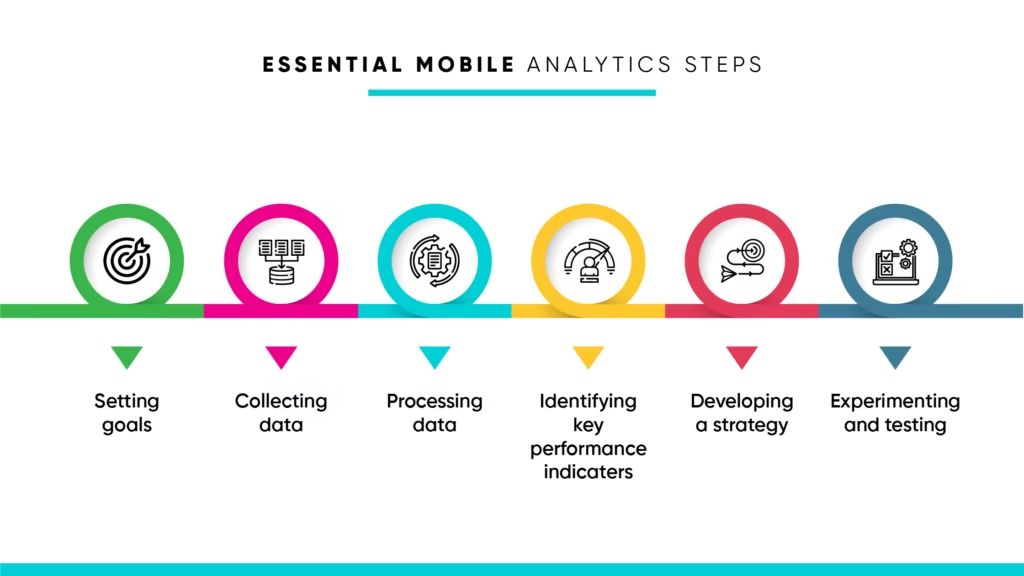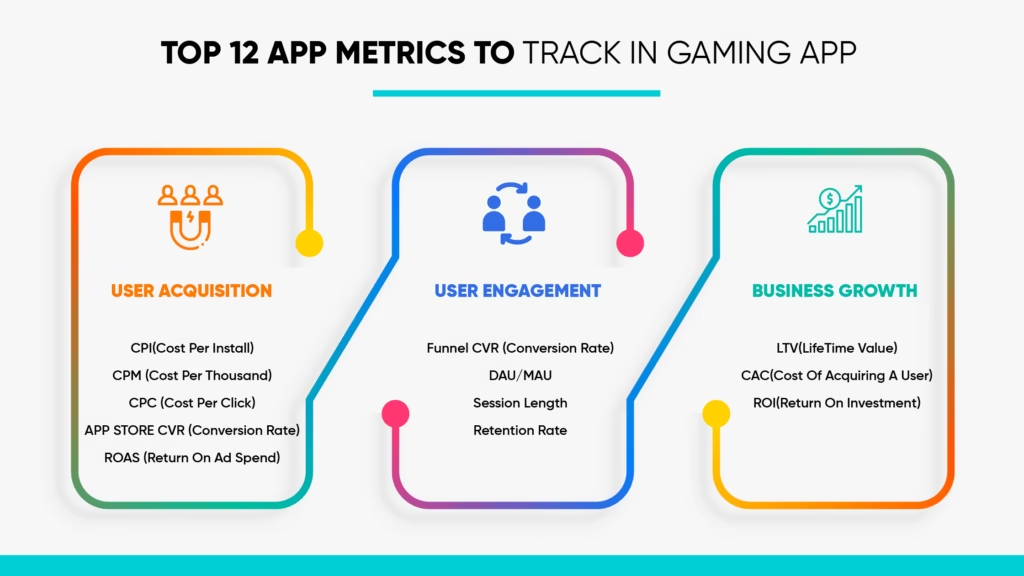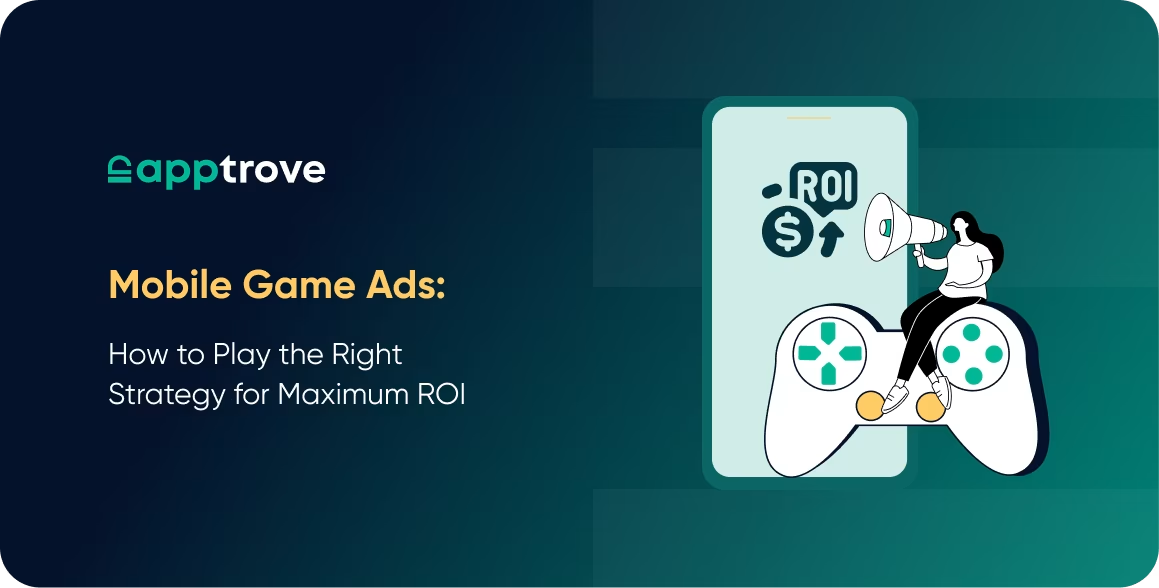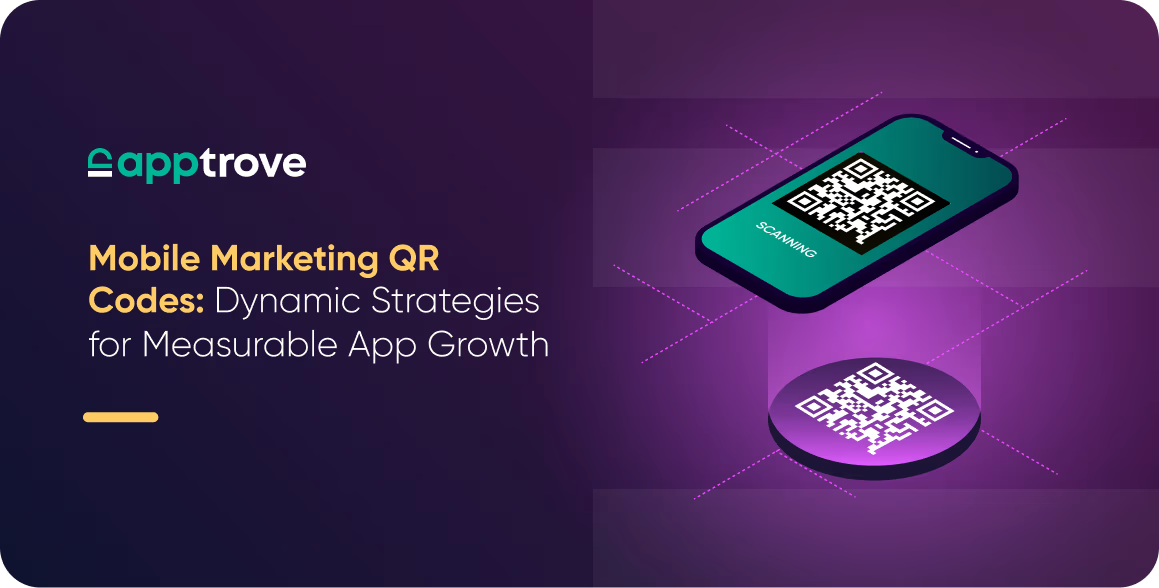Mobile game analytics tools are a vital part of any game developer’s toolkit. They help you analyze what players are doing, calculate metrics and KPIs like daily active users or retention rates, and find bugs or other user experience issues.
However, merely knowing what’s happening in your game doesn’t tell you how to improve players’ experience or boost your revenue.
This is where most mobile game analytics tools have a big blindspot — they’re typically focused on quantitative game app analytics, showing you how many users performed a certain action, or maybe giving you a text-based log of all the actions a single user performed in a session. However, without session recordings, you don’t get an accurate understanding of the actual user experience.
This blindspot has two big consequences:
- It’s hard to analyze game mechanics and improve revenue, user retention, or other essential metrics. For example, it’s relatively easy to track how many people bought a paid add-on for a character in your game. However, to understand why they did so, or why they didn’t buy add-ons for other characters, you need to look at the entire experience from their point of view. Without that, you can easily draw misleading conclusions about players’ behavior.
- You can’t see the exact circumstances that led to bugs, crashes, or other issues. This means mobile game developers and QA testers have to guess what went wrong when trying to debug. Reproducing issues this way takes tons of time and effort since you’re relying solely on quantitative data and — when available — users’ explanations.
In short, traditional mobile game analytics platforms and tools tell you what happened in your game (e.g., logins, purchases, bugs, or other events), but not why.
What Is Mobile Game Analytics?
Mobile game analytics deals with the collection of the data users leave behind when they’re using your gaming app. You then glean insights from that data to help improve your app’s engagement, user experience (UX), and performance.

- It begins with setting goals. This is an essential step because you first need to know what you’re trying to improve before you can measure it.
- Next, data is collected, often with a piece of code or software integrated into your app. It’s done in the background automatically and sent to the developers.
- The raw data is then processed into insights or graphs for easier interpretation.
- The development team then identifies only the metrics relevant to their app’s key performance indicators.
- That data has the biggest impact on your app and therefore deserves the most attention.
- Using the key insights, new strategies are formed and applied to the app. This leads to a round of testing and experimentation to verify the changes.
- The process then goes backward, with testing driving new strategies, KPIs, and data collection.
- Essentially, the process is a loop instead of a linear path—encouraging continuous evolution and improvement.
Key Performance Matrices To Track

Why Is Mobile Game Analytics Important?
Mobile game analytics give you a complete picture of your user’s behavior while they’re inside your app. Knowing this can help you fix issues quickly and spot opportunities for optimization.
- In other words, you can’t tell whether your app is successful or not until you measure the key metrics.
- Mobile games analytics are crucial to get a true picture of your app’s ROI and profitability.
- Most apps measure profit potential using two metrics. One is the customer acquisition cost (CAC) which estimates how much the business spends to get one app user.
- The other is the customer lifetime value (CLTV), or the total revenue brought in by that user while using the app.
- An app with a CAC higher than the CLTV indicates that it’s losing money. This is why the number of downloads as a success metric can be misleading.
- If you’re overspending to get more downloads, your app can still be unprofitable.
- Analytics is even more useful when you use it to benchmark your app against competitors because it gives you a better perspective on your app’s performance.
Ready To Utilize App Analytics?
Mobile games analytics can be a challenging aspect of app development. Going through a barrage of data and picking the right one can be daunting. Not to mention interpreting it properly.
But it can also be rewarding. Nothing is more fulfilling than seeing your retention numbers increase after you’ve implemented your insights based on game app analytics.
We hope this primer has armed you with the knowledge to forge ahead with your mobile game analytics program. However, if you found yourself stuck at any point or need any support, feel free to contact us. We would be happy to help.
FAQs
1. What is mobile game analytics and why is it important?
Mobile game analytics is a process of gathering and analyzing data about players to learn how to better understand user behavior, enhance the gameplay process, and bring in more revenue. Mobile game developers can use analytics to determine issues, improve the user experience, and increase ROI by tracking meaningful indicators like retention, the duration of a session, and in-app purchases.
2. How do mobile games analytics tools help developers improve performance?
The mobile games analytics tools can give insights on the player behavior, their level of engagement as well as their spending patterns. These tools assist developers in determining what features they want to use to drive retention, where players lose interest and how they can monetize in-app. Through mobile games analytics, developers are able to make data-driven update that enhance the overall performance of the game.
3. What metrics are most important in game app analytics?
The analytics of game apps is concentrated on such key performance indicators as Daily Active User (DAU), Monthly Active Users (MAU), retention, average session and Customer Lifetime Value (CLTV). These metrics are important in determining the success of a game because they quantify the frequency with which players play, the duration of their stay and the revenue they bring to the game.
4. How can mobile game analytics help detect and fix bugs or crashes?
Mobile game analytics does not only record the activity of the players but also tracks technical events such as errors, crashes and performance problems. This way, by integrating user data with crash reports, developers are able to find the root cause of bugs much faster and a better way to reproduce issues. This renders analytics to be indispensable towards providing a smooth gaming process.
5. What is the difference between mobile game analytics and general app analytics?
Whereas general app analytics measures the activity of users within apps such as e-commerce or productivity applications, mobile game analytics puts its attention on gaming experiences. It quantifies some of the rare features like level development, in-game purchases and gameplay features. Game app analytics penetrates further into the interaction of the players and assists the developers in creating more exciting and profitable mobile games.






